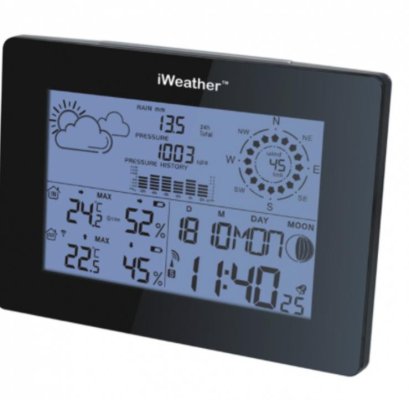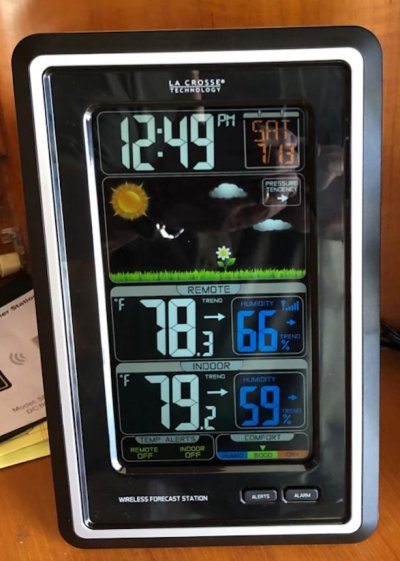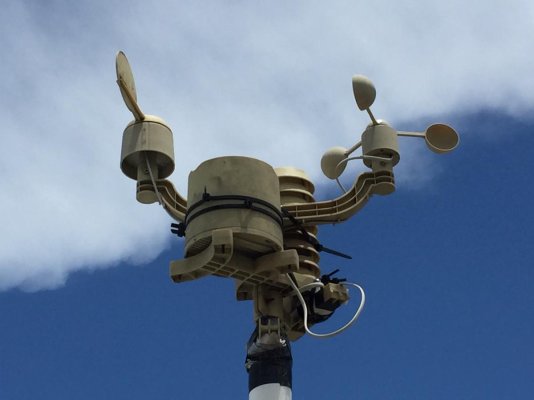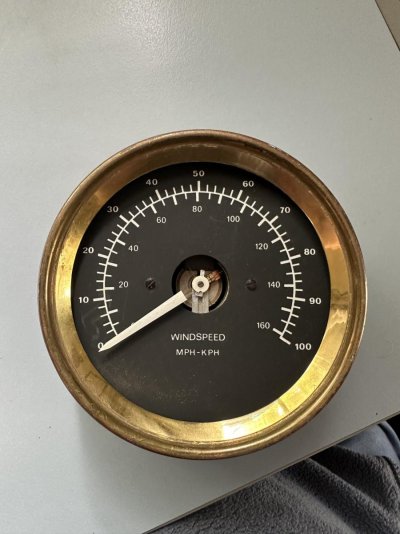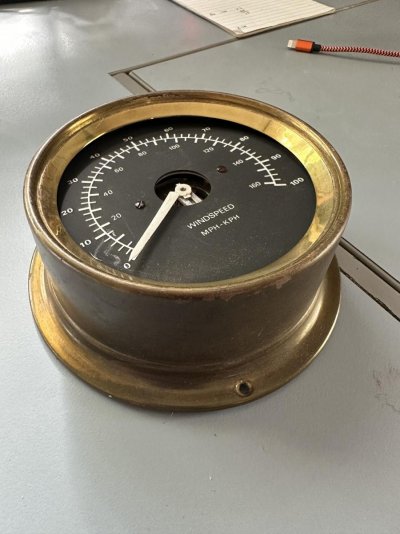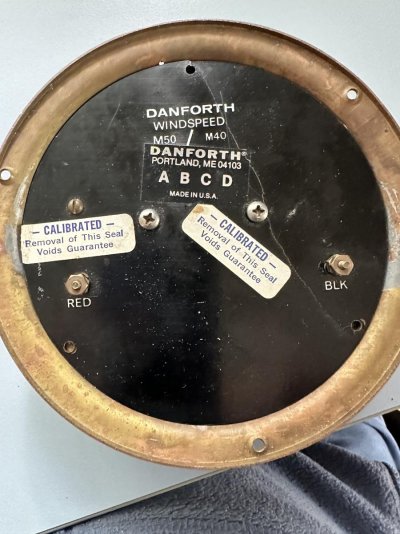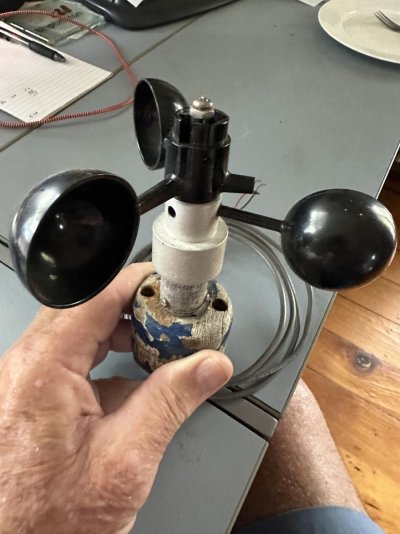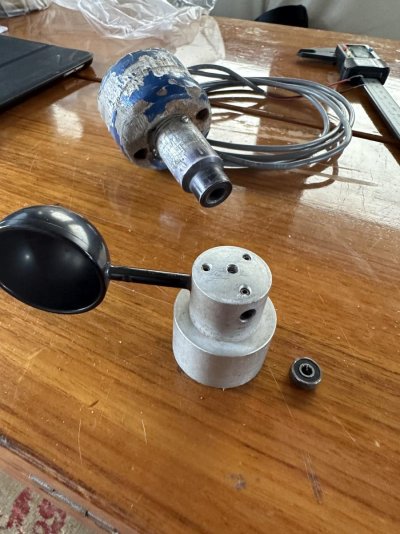O C Diver
Guru
- Joined
- Dec 16, 2010
- Messages
- 13,196
- Location
- Fort Myers, Florida
- Vessel Name
- End Of The Line
- Vessel Make
- Trinka 10 Dinghy
Currently have the Garmin wind speed and direction twirly bird. The first one (wireless) was a dismal failure that struggled along until the warranty expired. Second one (hard wired) has been very reliable.
I installed this during the refit so that I would know how bad a beating I was taking. The advantage I see to having it is real time information for protected waterways. Whether at anchor or underway there are lots of areas on the AICW where you can have the wind but the land (sometimes marshes) protects the waterway. Then you enter a sound and get the seas to go with the wind. All I need now is the common sense to not "go for it".
The advantage I see to having it is real time information for protected waterways. Whether at anchor or underway there are lots of areas on the AICW where you can have the wind but the land (sometimes marshes) protects the waterway. Then you enter a sound and get the seas to go with the wind. All I need now is the common sense to not "go for it". 
Ted
I installed this during the refit so that I would know how bad a beating I was taking.

Ted
Last edited:



